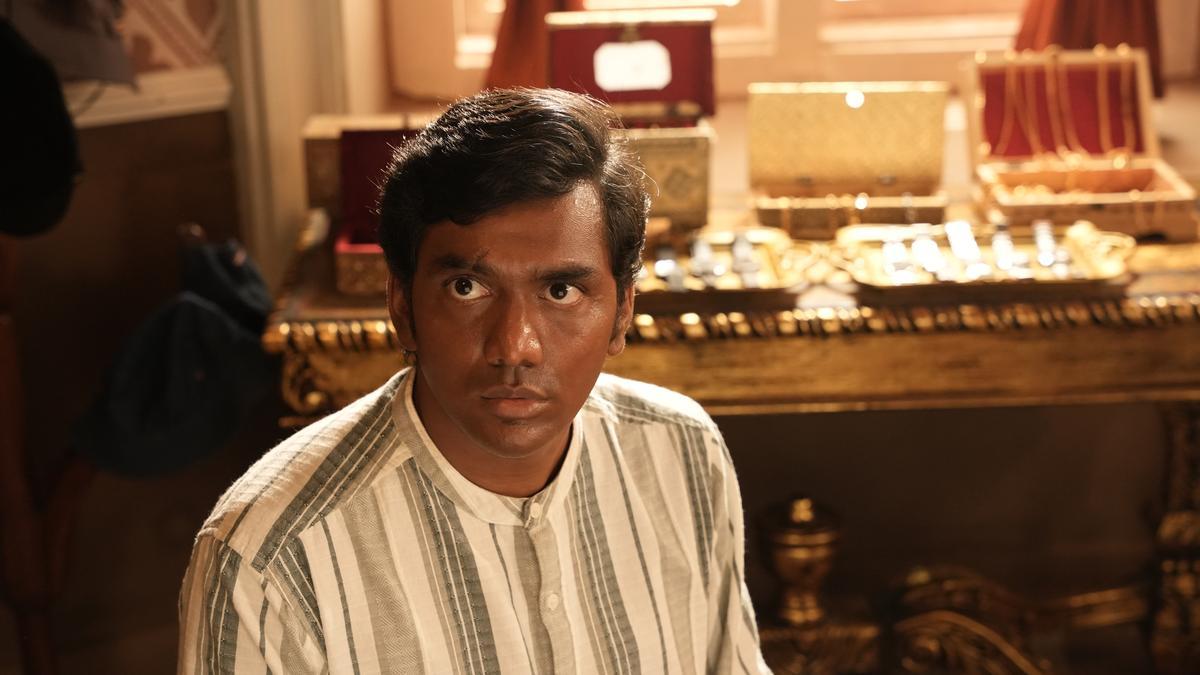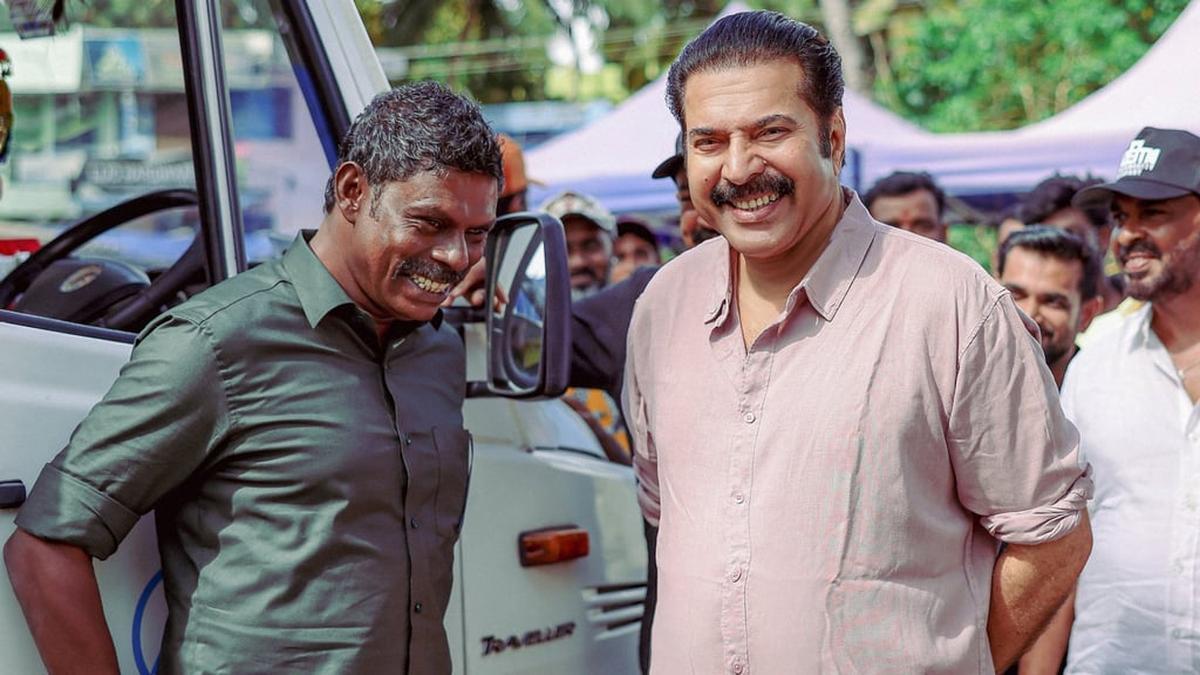
Tuesday’s World Cup qualifier served as a poignant portrayal of the challenges lower-ranked teams face when pitted against established soccer giants in significant tournaments. India’s exodus from the FIFA World Cup Qualifier on Tuesday marked a heart-wrenching moment for the nation, giving way to an avalanche of national grief. As the media rushed to capture the moment, it highlighted the all-too-familiar script of noble defeat that India seems to have mastered.
The controversial goal that cost India a place in the FIFA WC Round 3 has stirred intense debate and scrutiny. A decision that perhaps reflected the cruelty inherent in the sport, where fairy tales are often outmatched by the harsh realities of competition. For a country that has yearned for a breakthrough in international football, this loss was more than just a missed opportunity—it was a punctured dream, and it left a nation pondering the thin line between triumph and tragedy.
As the dust settled, the emotional aftermath was palpable across India. Fans thronged streets, chanting slogans in unison, bridging divides through a shared sense of loss and indignation. Social media platforms exploded with expressions of discontent, applause for the team’s effort, and criticism directed at the match officials. The scene was reminiscent of prior occasions where India, despite showing immense promise, fell just short at the finish line.
India’s campaign in the qualifiers had been nothing short of inspiring. The team displayed commendable resolve and skill, often punching above their weight to challenge more seasoned opponents. The road to the qualifiers had been an uphill climb from the start, marred by logistical issues, insufficient infrastructure, competing in sweltering heat, and other impediments that presented not merely a physical battle but also a mental siege.
Veteran players like Sunil Chhetri showcased their prowess and leadership, rallying a squad whose members often looked up to him as a paragon of resilience. The younger players, too, stepped up, embodying the quintessential Indian spirit of fighting against all odds. Every match was an exposition of unyielding dedication and strategic gameplay, making their sudden exit all the more excruciating for their fervent followers.
The contentious goal in Tuesday’s match, alleged to have been scored from an offside position, was the tipping point. Critics were quick to point out that such decisions have a disproportionate impact on underdog teams, which rely heavily on momentum. The decision sparked not only anger but a wealth of conspiracy theories, many of which questioned the impartiality of the match officials. However, what lingered was a sense of betrayal felt by a nation that believes its time on the global stage is overdue.
.
In dissecting this loss, it is paramount to understand the broader challenges faced by Indian football. While the country’s cricket team enjoys a near-mythical status and ample resources, football frequently grapples with neglect. Investment in grassroots programs remains woefully inadequate, the football infrastructure languishing far behind global standards. Efforts from the All India Football Federation (AIFF) have been noteworthy but insufficient in turning the tide. The Federation has long battled issues ranging from lack of financing to political intervention, both of which stymie the sport’s progress.
Another dimension that warrants consideration is the cultural impact of football in India. Unlike cricket, which has permeated even the smallest villages, football is still striving to carve out a more substantial niche for itself. Despite an enthusiastic but relatively small fanbase, football remains in the shadows, struggling to match the cricket juggernaut.
In the post-match analysis, commentators and former players weighed in on what went wrong. Bencher decision-making, inadequate defensive tactics, and pressing fatigue were cited as technical reasons for the loss. Emotional facets were also considered; the weight of national expectations evidently looming large on the relatively young squad. The need for psychological fortitude alongside technical skill was emphasized.
However, amid the sorrow and finger-pointing, there was a glimmer of hope. Indian football’s resilience was lauded, and the players’ indomitable spirit was held up as a beacon for the future. Lessons from this qualifier could potentially be the bedrock for a more robust strategy in upcoming tournaments. There were calls for more systemic changes—better facilities, enhanced coaching methodologies, and psychological support to prepare the players not just physically but mentally for high-stakes competition.
Ultimately, India’s exit from the World Cup qualifiers wasn’t just a loss on the field; it was a narrative of dashed dreams but enduring hope. As fans look to the future, the nation collectively nurtures the belief that in the grand saga of football, India’s chronicle is far from over. The journey to the top may be fraught with obstacles, but with every setback, the resolve only hardens. And so, the story of valiant defeat morphs into a promise of eventual victory.










